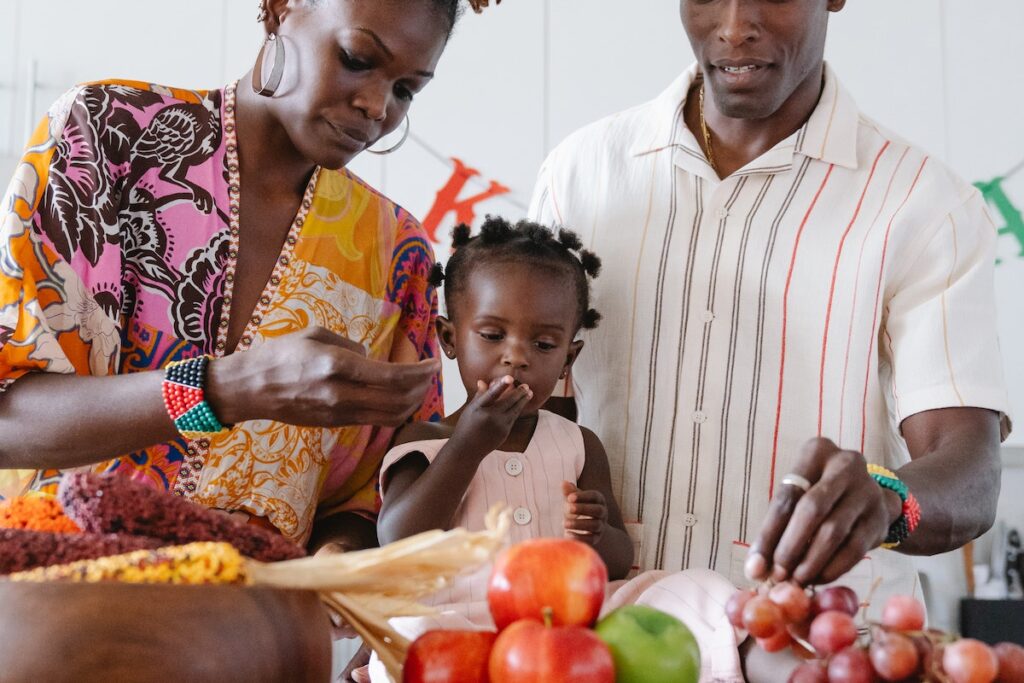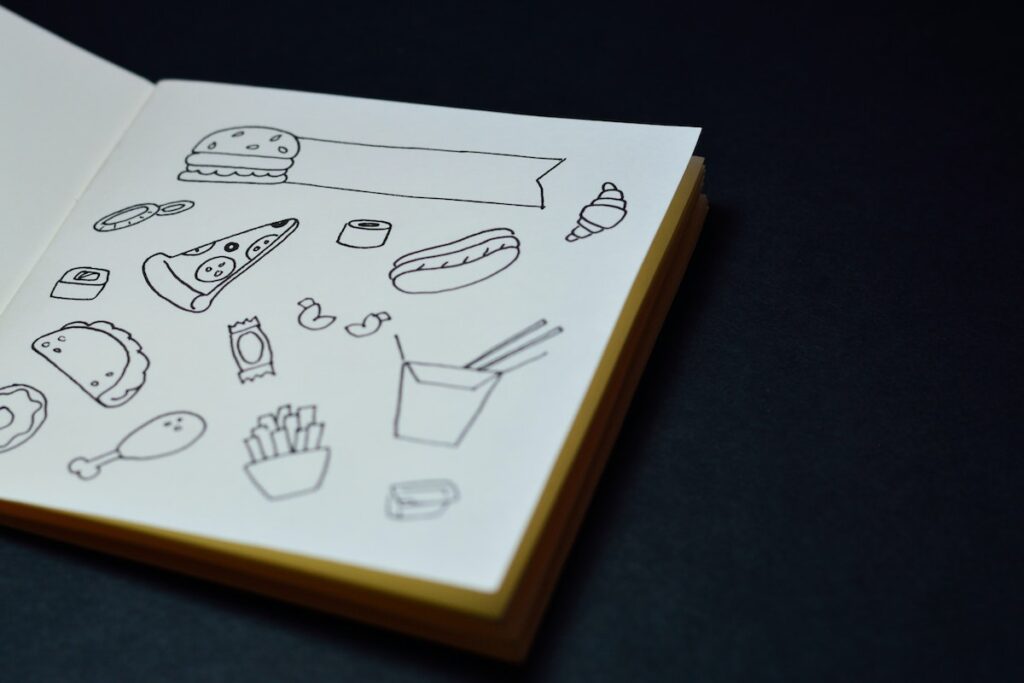As a parent, you naturally want your child to thrive and be strong. Instilling healthy eating habits for toddlers from an early age is one of the key things you can do to help them remain strong and healthy. However, getting a picky toddler to eat a balanced diet can be challenging.
Teaching your toddler healthy eating habits has many benefits, including;
- Improved physical health, a stronger immune system, and reduced risk of chronic diseases.
- Improved mental health, including better focus and mood.
- Better cognitive development, including improved learning and memory.
- Improved social skills, self-esteem, and healthy eating habits can improve social interactions and body image.
So, are you struggling to make mealtime enjoyable for your little one? Well, look no further because we have some great tips and tricks to help you!
In this article, we’ll be sharing some ideas on making mealtime a fun and memorable experience for you and your child. So, let’s dive in and make mealtime a time to look forward to!
How Do I Teach My Child Healthy Food Choices?
Encouraging healthy eating habits for toddlers involves creating a positive and enjoyable eating environment. It’s important to start teaching your child healthy eating habits early to promote their overall health and happiness.

As a parent, you guide your child’s eating habits and foster a preference for nutritious foods. With that in mind, here are some tips and activities to help you encourage your child to develop healthy eating habits for toddlers:
1. Include them in meal planning and grocery shopping
This can be a fun and educational experience for you and your child as you work together to choose nutritious ingredients and plan meals everyone will enjoy.
You can also help your child develop important skills like decision-making and budgeting by involving your child in these activities. Planned meals also ensure your child gets a balanced diet.
2. Spice up mealtime and make it more enjoyable
As a parent, creating a pleasant and enjoyable atmosphere during mealtime for your child is important. To achieve this, you can make use of colorful plates and utensils, engage in fun games, and get your child involved in meal preparation.
You can also allow them to assist with simple tasks such as stirring, pouring, and measuring ingredients. By doing these, you can make mealtime a positive experience for your child.
3. Set a positive example
When it comes to teaching healthy eating habits for toddlers, it’s important to lead by example. Children tend to learn by observing, so it’s crucial to set a good example by following a balanced diet and showing your child that you enjoy eating nutritious foods.
If you want to teach your child healthy eating habits, leading by example is a great way to do it. Toddlers learn by watching and imitating their parents, so it’s important to model healthy eating habits.
4. Introduce new foods gradually
Toddlers can be picky eaters, so it’s important to introduce new foods gradually. Offer new foods alongside familiar ones and encourage your child to try small amounts. It’s important not to pressure your child into eating something they don’t enjoy, but it’s a good idea to continue introducing them to new foods over a period of time.
5. Teach portion control
Teaching your child about portion control is essential from a young age. Use child-sized plates and serve small portions, encouraging your child to ask for more if they’re still hungry.
Avoid pressuring your child to finish everything on their plate, as this can lead to overeating. Offer small portions and ask your child for more if they are still hungry.
6. Focus on whole foods
If you want to maintain good health for both you and your loved ones, it’s crucial to include a variety of nutritious foods in your meals.
Whole foods like fruits, vegetables, whole grains, and lean proteins should be the foundation of your child’s diet.
Avoiding processed foods: Processed foods are often high in sugar, salt, and unhealthy fats. Try to avoid these foods as much as possible, as these can lead to poor eating habits and health problems.
7. Encourage healthy snacking
Snacks can be a healthy part of your child’s diet, but choosing nutritious options like fruits, vegetables, and whole-grain crackers is essential. Avoid sugary snacks and junk food, leading to poor eating habits and health problems.
8. Stay hydrated
Ensure your child drinks plenty of water throughout the day to stay hydrated. Limit sugary drinks like soda and juice, as these can lead to tooth decay and other health problems. For instance, offer water or milk instead of sugary drinks.
9. Teach mindful eating
Mindful eating involves paying attention to your food’s flavors, textures and smells and eating slowly and intentionally. Encourage your child to eat slowly and savor their food rather than rushing through meals.
10. Offer a variety of foods
This ensures that your child gets all the nutrients they need. Offer foods from all groups, including fruits and vegetables, whole grains, and protein sources.
Encourage your child to try new foods and avoid making negative comments about certain foods, as this can negatively affect healthy eating.
11. Cooking at home
Cooking at home lets you control the ingredients and ensure your child gets a healthy meal.

12. Food Education
Teach your child about healthy foods and why they are important.
13. Spice up mealtime and make it more enjoyable
As a parent, creating a pleasant and enjoyable atmosphere during mealtime for your child is important. Sometimes, you need to trick your children into eating healthily. But how can you do this? Tricking kids into eating healthy involves getting creative with presentation and flavor.
To achieve this, here are some ideas:
- Use cookie cutters to cut fruits and vegetables into fun shapes.
- Create colorful and visually appealing food displays like making use of colorful plates and utensils
- For fruits and vegetables, offer dips and sauces, such as hummus or yogurt.
- Add healthy ingredients to favorite foods, such as spinach in smoothies or zucchini in muffins.
- Involve your child in cooking and preparing healthy meals, which can increase their interest and willingness to try new foods.
- Engage in fun games
Conclusion
In conclusion, teaching your child healthy eating habits for toddlers is essential for their long-term health and well-being. It involves creating a positive and enjoyable eating environment, offering a variety of healthy foods, and leading by example.
It can also mean involving your child in meal planning and grocery shopping, making mealtime fun, being a good role model, introducing new foods gradually, focusing on whole foods, encouraging healthy snacking, staying hydrated, and teaching mindful eating, you can help your child develop a taste for nutritious foods and lifelong healthy eating habits.














